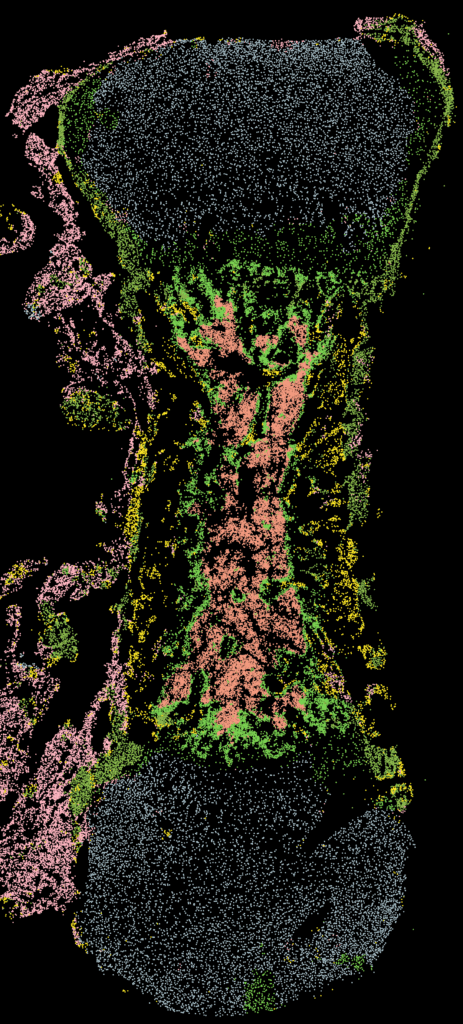Athlete triad risk factors in ultramarathoners
Collaborators

The athlete triad is a commonplace term for athletes, coaches and those in sports medicine. It is a condition that affects an individual’s energy, hormones and bones. It poisons not only an athletic season, but a life. Wu Tsai Human Performance Alliance leader and Stanford sports medicine doctor Emily Kraus and her colleagues have published a study that furthers our understanding of the athlete triad and injury. It examines the prevalence of athlete triad risk factors in ultramarathon runners and proposes a triad cumulative risk assessment score.
For female athletes specifically, the triad refers to “the combination of low energy availability, menstrual irregularities, and low bone mineral density (BMD).” Switch out menstrual irregularities for low levels of sex hormones (think testosterone) to encompass the male athlete triad. The theory is that, if you do not fuel your body properly, you produce less sex hormones. This can result in irregular or absent periods in females. If sustained, this can lead to lower bone mineral density, which makes fracturing due to stress more likely.
The study followed over 120 ultramarathoners who participated in the 100-mile Western States race in 2018 and 2019. Findings emphasize how complex this picture is. For example, few women had low BMD, yet many suffered stress fractures and the opposite was true for men. While nearly half of the males and ⅔ of the females were at moderate or high-risk for disordered eating, these low energy availability scores were not associated with the low BMD or low body mass index in the runners. However, they did find that low BMD was related to low levels of sex hormones (i.e., testosterone, estradiol) in females. This complexity makes it challenging to develop a “grand theory of injury prevention,” as described in this Outside magazine article that features the study.
Kraus continues to unravel the complexities of the athlete triad through the Female Athlete Science and Translational Research (FASTR) Program, which she leads under the Wu Tsai Human Performance Alliance at Stanford University.
Read the full scientific article in the Clinical Journal of Sports Medicine
Latest News

May 29, 2025
Is exercise before sleep linked with poorer sleep?

May 23, 2025
Skeletal stem cells key to stronger bones, better healing

March 13, 2025
Wu Tsai Human Performance Alliance Research Round-Up – March 2025
Get Engaged
Join our mailing list to receive the latest information and updates on the Wu Tsai Human Performance Alliance.
